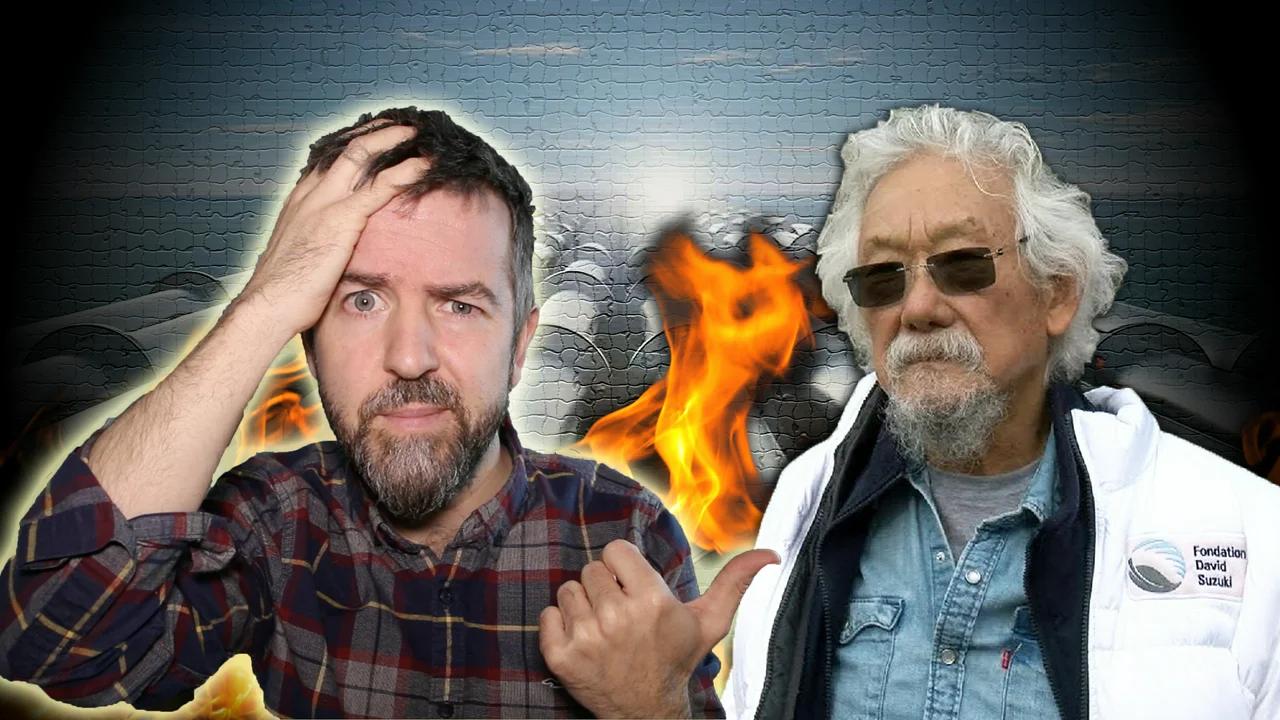lilies
The Living Force
Water vapour is the most common greenhouse gas. CO2 is negligible!
Matthew Ehret Session 76
Quite surprising to see graphs showing that naturally occurring CO2 (volcanoes included) is only 3.6% of all greenhouse gases on Earth. Of that 3.6% human pollution caused only 0.9%.
There are 10x more volcanoes we realized, especially under the ocean.
 Jim Steele is a Director emeritus of San Francisco State University’s Sierra Nevada Field Campus, authored Landscapes and Cycles: An Environmentalist’s Journey to Climate Skepticism, and proud member of the CO2 Coalition. Here is what he says in this video:
Jim Steele is a Director emeritus of San Francisco State University’s Sierra Nevada Field Campus, authored Landscapes and Cycles: An Environmentalist’s Journey to Climate Skepticism, and proud member of the CO2 Coalition. Here is what he says in this video:
How Antarctica Caused Global Cooling or Why Earth Remains in Ice Age Mode for Next 200 Million Years - CO2 Coalition
At videotime 02min:38sec
(transcript)

The C's already said Water Vapor Canopy on a low-gravity Earth.
Dinos with their large bulk could "float" their bodies much easier, while walking. Their large bone and muscle mass essentially behaved like walking hot air balloons. They were "suspended" in the air by lower-gravity.
So that means that hot Earth was a perfect Greenhouse Planet then. There was no human global industry spewing their toxic gases into the atmosphere in that time, which could cause ""Climate Emergency"" because of "greenhouse gases" - as per the Establishment Lies of today.
The dinos weren't being harassed by Deep State funded agencies about how they had to watch their "carbon footprint", or else they might go extinct! Everyone was one happy large family on Greenhouse Earth that time. Even if dinos farted and burped a lot, it didn't matter, since water vapour from the oceans determined the Greenhouse Effect.
Yeah, but what caused the 'Greenhouse Climate' itself at that time? What made the oceans elevated and shallow seas exuding water-vapor canopy? Well, by design Earth must have been lighter then: less mass = less gravity
Then Earth received mass from Mars 27 million years ago. Earth became heavier = gravity increased. Dinos as a result were having increased difficulties "floating" their large bodies - designed for lesser gravity -, because of increased gravity.
Smaller creatures appeared, like the Mastodon and predators like the sabretooth tiger and the giant sloth. All these now were designed for increased gravity and they were able to move their smaller, more compact bodies faster than the dinos and they slashed and clawed and stabbed the slowly moving dinos very well with their large claws, teeth and tusks!
It was suggested here that the Sun and other parameters determines the climate.
Additional gravity increase:
Also Earth is bigger than Venus:
Earth then must have received some mass from Venus 4670 years ago and repeatedly after that - as Venus came close multiple times and Earth was bigger, so Earth must have attracted some particles from Venus -, then Earth's mass and as a result gravity should have increased on those occasions gradually as well.
All these cosmic planetary battles, matter-stealing via planets playing pool in the solar system and resulting climate changes makes it clear:
Earth is very lucky that a large cometary planet like Venus - an intergalactic traveler -, but twice the size did not yet come around to steal all our water and create a barren Mars out of Earth!
Matthew Ehret Session 76
Quite surprising to see graphs showing that naturally occurring CO2 (volcanoes included) is only 3.6% of all greenhouse gases on Earth. Of that 3.6% human pollution caused only 0.9%.
There are 10x more volcanoes we realized, especially under the ocean.
How Antarctica Caused Global Cooling or Why Earth Remains in Ice Age Mode for Next 200 Million Years - CO2 Coalition
At videotime 02min:38sec
(transcript)
During the Age of Dinosaurs the continents were all connected in form of Pangea. With the lack of glaciers there were higher sea levels, which created shallow coastal seas. Then there was the creation of the Tethys Sea, another shallow sea. Shallow seas heat up more quickly and evaporate water more quickly.
The C's already said Water Vapor Canopy on a low-gravity Earth.
Dinos with their large bulk could "float" their bodies much easier, while walking. Their large bone and muscle mass essentially behaved like walking hot air balloons. They were "suspended" in the air by lower-gravity.
So that means that hot Earth was a perfect Greenhouse Planet then. There was no human global industry spewing their toxic gases into the atmosphere in that time, which could cause ""Climate Emergency"" because of "greenhouse gases" - as per the Establishment Lies of today.
The dinos weren't being harassed by Deep State funded agencies about how they had to watch their "carbon footprint", or else they might go extinct! Everyone was one happy large family on Greenhouse Earth that time. Even if dinos farted and burped a lot, it didn't matter, since water vapour from the oceans determined the Greenhouse Effect.
Yeah, but what caused the 'Greenhouse Climate' itself at that time? What made the oceans elevated and shallow seas exuding water-vapor canopy? Well, by design Earth must have been lighter then: less mass = less gravity
Then Earth received mass from Mars 27 million years ago. Earth became heavier = gravity increased. Dinos as a result were having increased difficulties "floating" their large bodies - designed for lesser gravity -, because of increased gravity.
Smaller creatures appeared, like the Mastodon and predators like the sabretooth tiger and the giant sloth. All these now were designed for increased gravity and they were able to move their smaller, more compact bodies faster than the dinos and they slashed and clawed and stabbed the slowly moving dinos very well with their large claws, teeth and tusks!
It was suggested here that the Sun and other parameters determines the climate.
Additional gravity increase:
Also Earth is bigger than Venus:
It follows that:Venus is the virtual twin of Earth in many ways. Similar size, mass and density. But what is the gravity on Venus? According to our friends over at NASA, the answer is 8.87 m/s2. To translate that a little more, it is about 90% of the gravity here on Earth. A person who measures 100 kg when they leave home would tip the scales on the Venusian surface at 90 kg.
Earth then must have received some mass from Venus 4670 years ago and repeatedly after that - as Venus came close multiple times and Earth was bigger, so Earth must have attracted some particles from Venus -, then Earth's mass and as a result gravity should have increased on those occasions gradually as well.
All these cosmic planetary battles, matter-stealing via planets playing pool in the solar system and resulting climate changes makes it clear:
Earth is very lucky that a large cometary planet like Venus - an intergalactic traveler -, but twice the size did not yet come around to steal all our water and create a barren Mars out of Earth!
Last edited:








 ("We are young. No political power or lobbying money").
("We are young. No political power or lobbying money").


